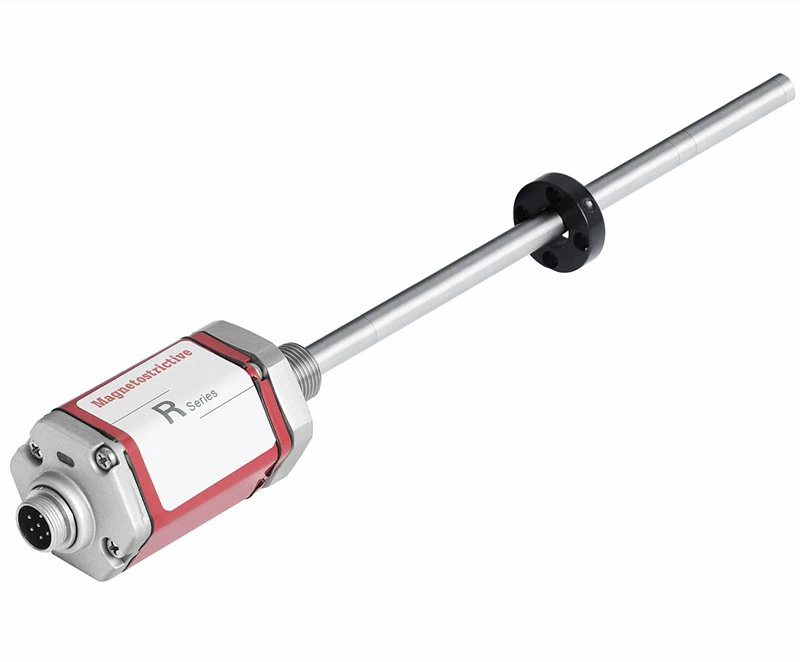

Sensors world A hydraulic cylinder linear position sensor is a device used to measure the linear displacement or position of a hydraulic cylinder's piston rod. This type of sensor is commonly used in various industries to monitor and control the movement of hydraulic cylinders, which are essential components in hydraulic systems. The sensor provides real-time feedback on the position of the piston rod, enabling precise control and automation of hydraulic machinery. Here's an overview of how hydraulic cylinder linear position sensors work and their key features:
Contact or Non-Contact Technology: These sensors can use either contact-based or non-contact technology to measure the position of the piston rod. Contact-based sensors physically touch the piston rod, while non-contact sensors use methods like magnetostriction, inductive, capacitive, or optical sensing without direct contact.
Robust Construction: Hydraulic cylinder sensors are designed to withstand the challenging conditions of hydraulic systems, including high pressure, vibration, and potentially harsh environments.
Mounting Options: They are designed to be easily mounted on or integrated into hydraulic cylinders. Some sensors can be installed externally, while others are embedded within the cylinder.
Protection: Sensors may come with protective housings or coatings to shield them from dust, moisture, and other contaminants that are common in hydraulic environments.
Output Signals: Sensors provide output signals that correspond to the position of the piston rod. Common output types include analog voltage or current signals, as well as digital signals or communication protocols like CANbus.
Contact-Based Sensors: These sensors physically make contact with the piston rod. As the rod extends or retracts, the sensor measures the displacement by tracking the movement of the rod itself.


Industrial Automation: In manufacturing equipment, production lines, and material handling systems.
Construction Machinery: In excavators, bulldozers, and cranes for precise control of movements.
Agriculture: In tractors and agricultural machinery to control implements and attachments.
Mobile Equipment: In vehicles like forklifts, trucks, and buses for suspension and control systems.
Mining and Heavy Equipment: In equipment for excavation, drilling, and materials handling.
